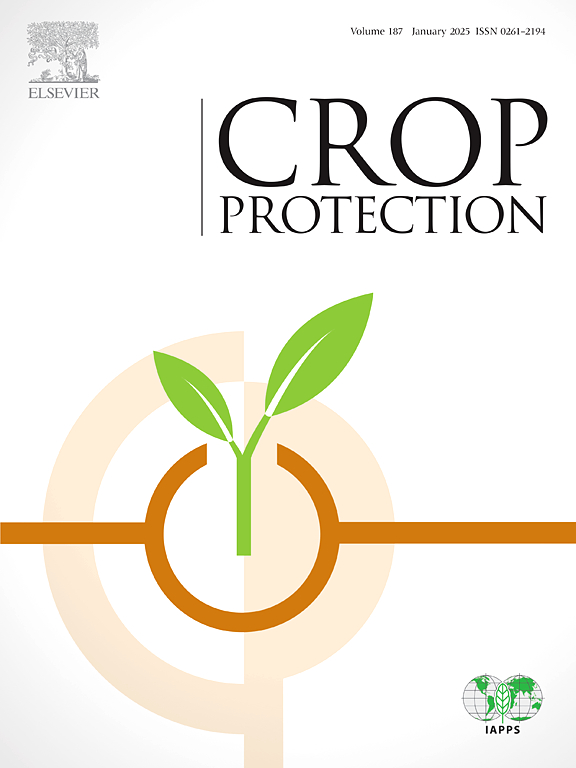Site-specific mechanical weed management in maize (Zea mays) in North-West Germany
IF 2.5
2区 农林科学
Q1 AGRONOMY
引用次数: 0
Abstract
Weeds are the major biotic source of yield losses with an average of 19–51 % yield decrease. Beside this negative effect, they are a food source and habitat for insects and reduce the risk of soil erosion. Due to the heterogeneous soil conditions within a field, the distribution of weeds is uneven and therefore a uniform regulation is not always necessary. Additionally, mechanical weeding can lead to crop injuries and decreases soil quality. Site-specific weed management can reduce the drawbacks of weeding regulation. Precision application of herbicides is well known and practiced, however for mechanical weeding this is not the case. Site-specific mechanical weeding was tested in a maize (Zea mays L.) trial in the northwest of Germany in 2021 and 2022. In this research, multispectral images from unmanned aerial vehicles (UAV) were used to detect weeds with an overall accuracy between 85 and 92 %. These images were used to generate application maps. Two weed control thresholds, based on the weed cover (WC) and relative weed cover (RWC) with three threshold levels each were compared with uniform weeding. In 2021, higher maize yields (1879 g m−2 to 533 g m−2) and lower weed biomass (1151 g m−2 to 731 g m−2) were observed due to higher precipitation than in 2022. The different treatments did differ neither in maize yield nor in weed biomass. However, significantly less area was hoed in the site-specific treatments (−58 %), especially the treatments based on the RWC (−83 %). This study shows the potential of site-specific mechanical weed management and the RWC as weed control thresholds to promote biodiversity and reduce negative effect of weeding.

求助全文
约1分钟内获得全文
求助全文
来源期刊

Crop Protection
农林科学-农艺学
CiteScore
6.10
自引率
3.60%
发文量
200
审稿时长
29 days
期刊介绍:
The Editors of Crop Protection especially welcome papers describing an interdisciplinary approach showing how different control strategies can be integrated into practical pest management programs, covering high and low input agricultural systems worldwide. Crop Protection particularly emphasizes the practical aspects of control in the field and for protected crops, and includes work which may lead in the near future to more effective control. The journal does not duplicate the many existing excellent biological science journals, which deal mainly with the more fundamental aspects of plant pathology, applied zoology and weed science. Crop Protection covers all practical aspects of pest, disease and weed control, including the following topics:
-Abiotic damage-
Agronomic control methods-
Assessment of pest and disease damage-
Molecular methods for the detection and assessment of pests and diseases-
Biological control-
Biorational pesticides-
Control of animal pests of world crops-
Control of diseases of crop plants caused by microorganisms-
Control of weeds and integrated management-
Economic considerations-
Effects of plant growth regulators-
Environmental benefits of reduced pesticide use-
Environmental effects of pesticides-
Epidemiology of pests and diseases in relation to control-
GM Crops, and genetic engineering applications-
Importance and control of postharvest crop losses-
Integrated control-
Interrelationships and compatibility among different control strategies-
Invasive species as they relate to implications for crop protection-
Pesticide application methods-
Pest management-
Phytobiomes for pest and disease control-
Resistance management-
Sampling and monitoring schemes for diseases, nematodes, pests and weeds.
 求助内容:
求助内容: 应助结果提醒方式:
应助结果提醒方式:


